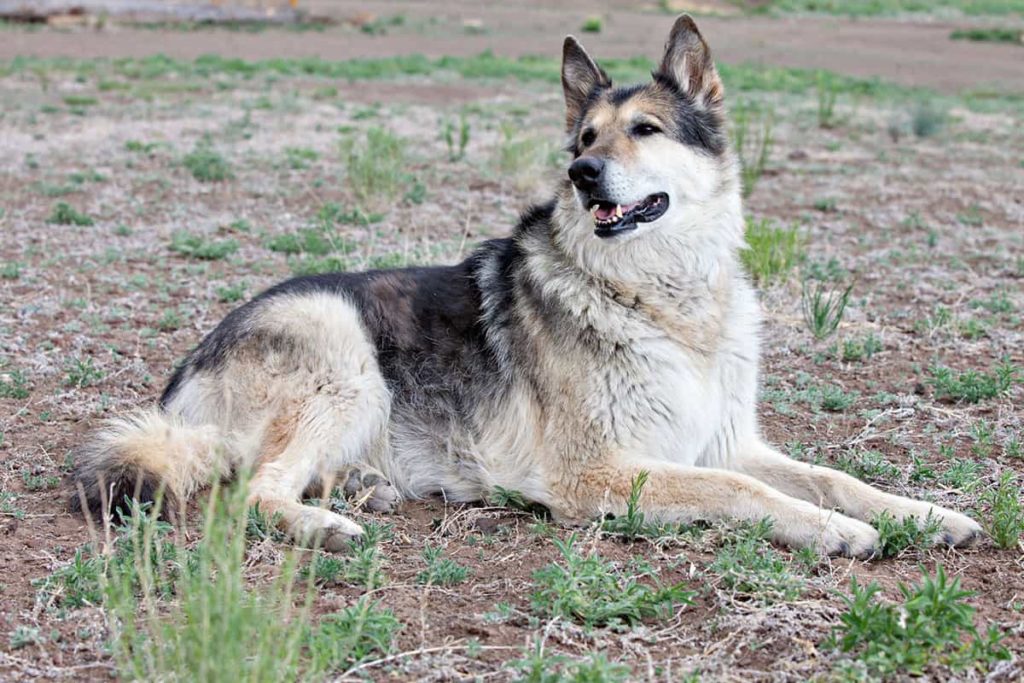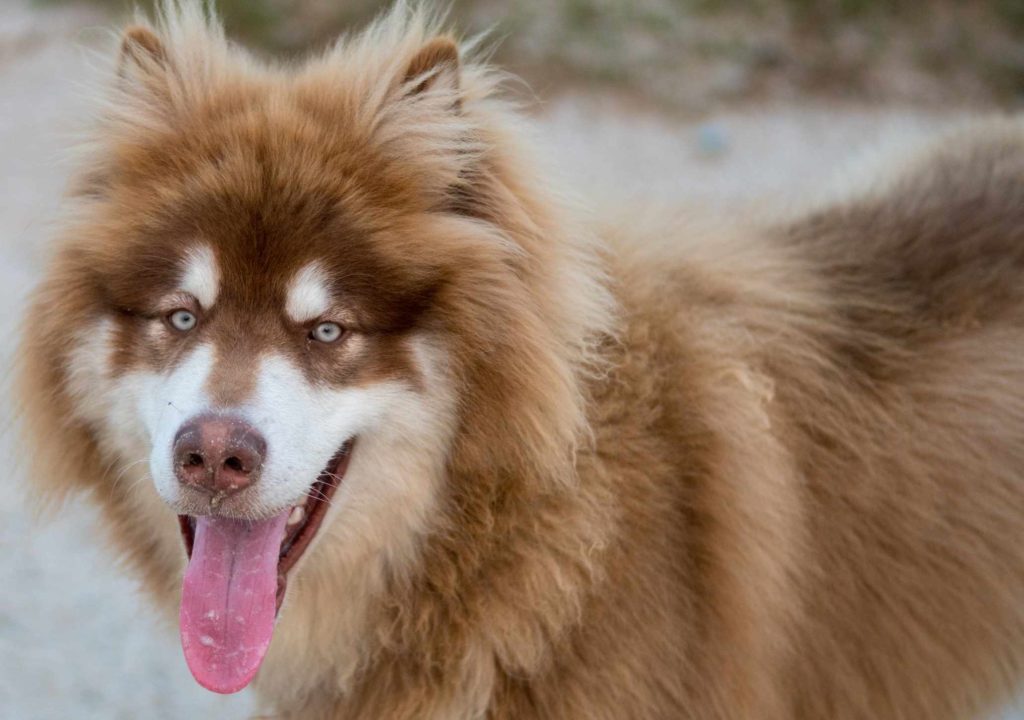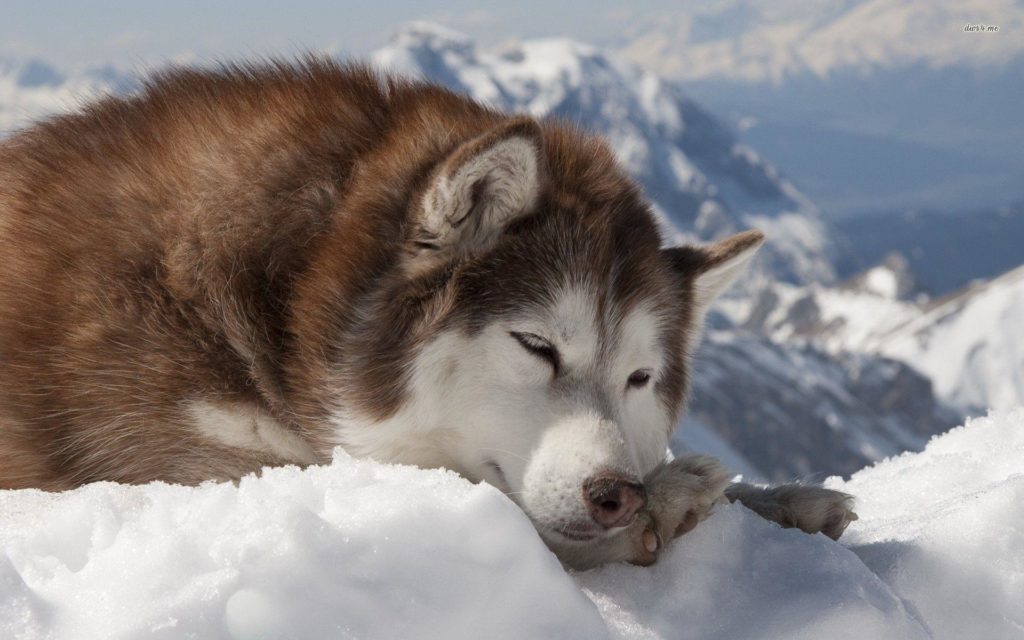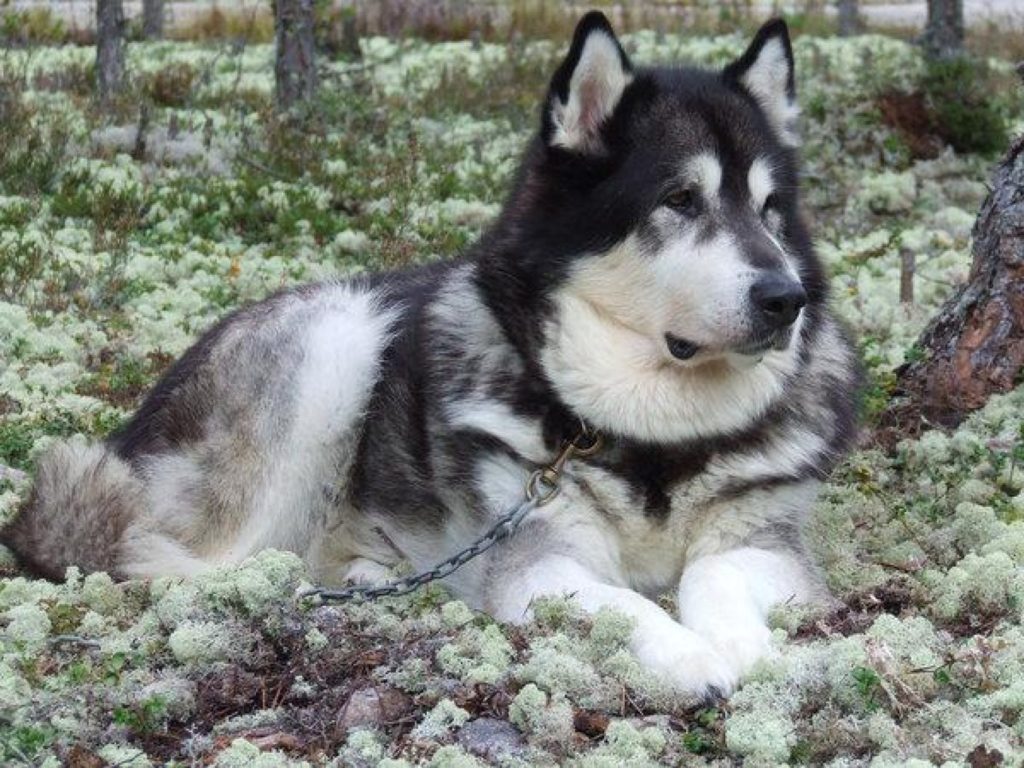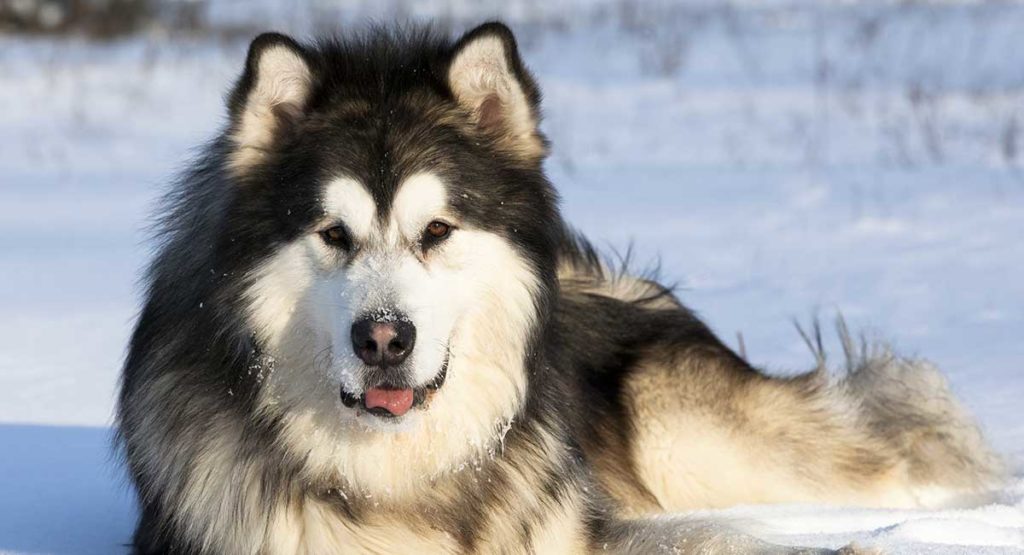German Shepherds and Alaskan Malamutes have been crossed to lift heavy cargo since the early 1900s which resulted in The Alaskan Malamute. The Cockapoo is often credited with being the first designer breed. The Alaskan Shepherd, also known as a German Shepherd mix, is a large wolf-like dog that combines the intelligence and courage of the German Shepherd with the strength and imposing build of the Malamute.
Many of the best qualities of these well-known working dogs are combined in the Alaskan Shepherd. This dog has been popular in the United States since the early 1900s, despite the fact that it is not recognized by the American Kennel Club as an officially sanctioned breed. At home, these dogs make loving and devoted companions.
Physical Characteristics
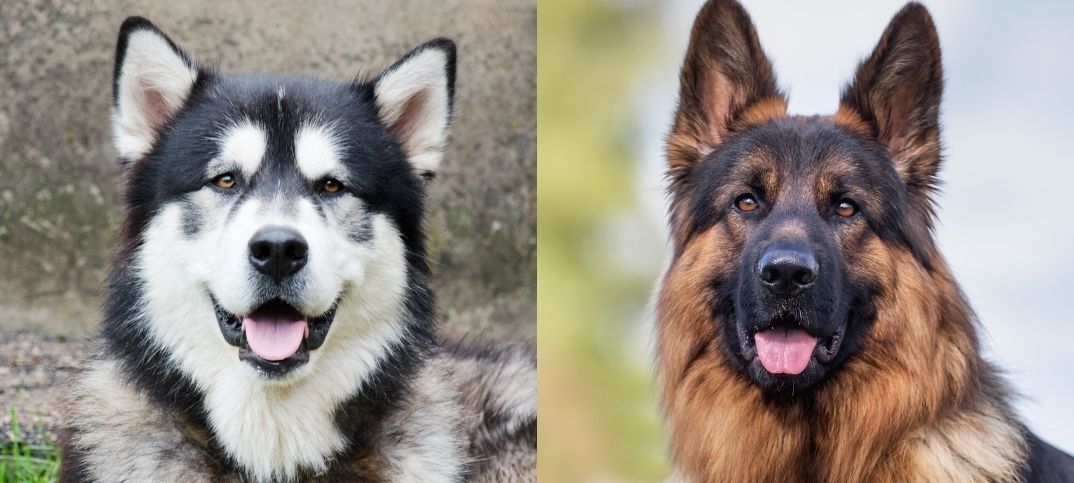
- The Alaskan Shepherd is a powerful, massive dog with dark eyes and an alert expression.
- The eyes of an Alaskan Shepherd should be dark or hazel when they are born.
- The weight and height of an Alaskan Shepherd can range from 50 to 90 pounds and 22 to 26 inches, depending on the gender.
- Some Alaskan Shepherds, on the other hand, have been known to grow to be as large as 120 or 130 pounds. Although some have been seen with sleeker coats more akin to the short-haired German Shepherd, their coat is usually dense, short to medium-length, and straight.
- The German Shepherd’s colors range from sable or red and black to white or white with tan, silver, grey, or black.
Behavior
The Alaskan Shepherd’s temperament reflects the hardworking breeds from which it descends: kind, intelligent, and sociable. This breed’s puppies can seem to have lots of energy, and they require a lot of training to keep their constant excitement and occasional reckless behavior in check. They’ll gladly decline into a comfortable rhythm to match your life and energy levels if they’re given jobs and tasks on a regular basis. Both parents instilled in the Alaskan Shepherd a strong work ethic as well as protective instincts.
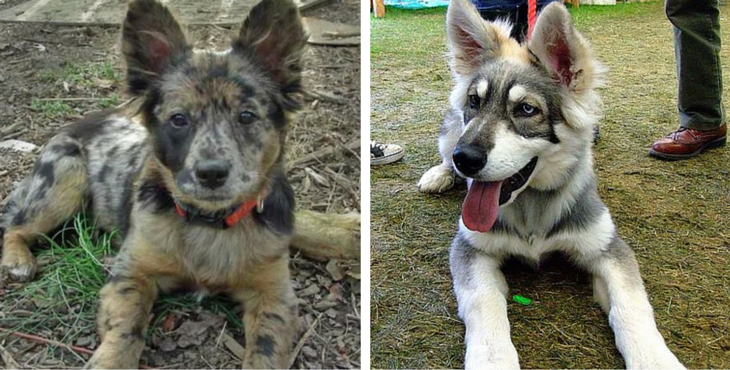
They rarely bark, but they are excellent communicators, frequently making woo-woo noises or howling like wolves at their owners. They can, however, make excellent, tireless working dogs, and their menacing wolf appearance is sure to turn heads wherever they go. It has also been reported to be domineering and aggressive towards other dogs. It is strongly advised that these dogs never be kept with other dogs of the same gender. They usually like people, but they also have a high prey drive, which makes them difficult to keep in homes with smaller animals.
Training
Although some of this may be less prevalent in the Alaskan Shepherd mix, it is hoped that you socialize the dog from a young age and establish yourself as a pack leader. The Alaskan Shepherd, with proper training and discipline, can get along with almost any type of animal. Alaskan Shepherds require a significant amount of time to train due to their intelligent, inquisitive natures and constant desire for stimulation. They will enjoy the mental stimulation of learning new tricks and commands from the time they are a puppy until they are old and gray.
Grooming
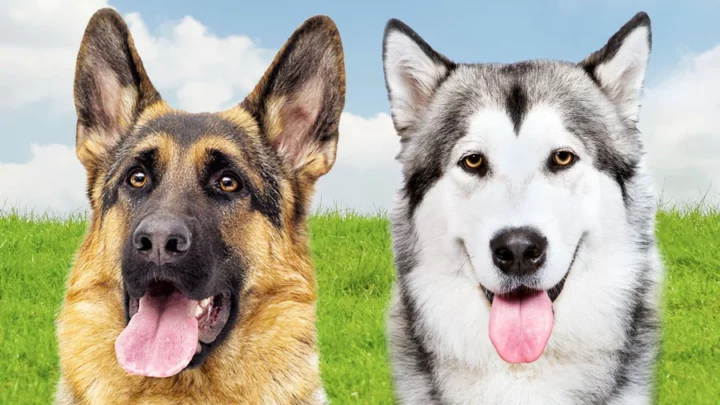
The Alaskan Shepherd’s medium-length coat is prone to heavy shedding. In the spring and fall, this is especially true. For the majority of the year, weekly brushings will suffice, but during their shedding seasons, this should be increased to daily brushings. They enjoy being taken outside for walks, runs, and hikes because they have a lot of energy and endurance.
Health
Although Alaskan Shepherds are generally healthy dogs, they are susceptible to a genetic condition.
- Degenerative myelopathy
- Chondrodysplasia
- Hip dysplasia
- Congenital heart defects
- Eye defect
They have a lifespan of up to 13 years.

